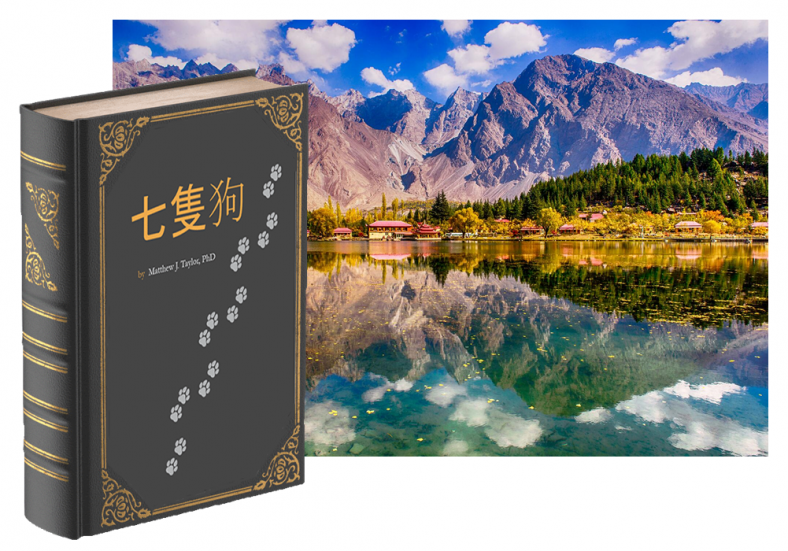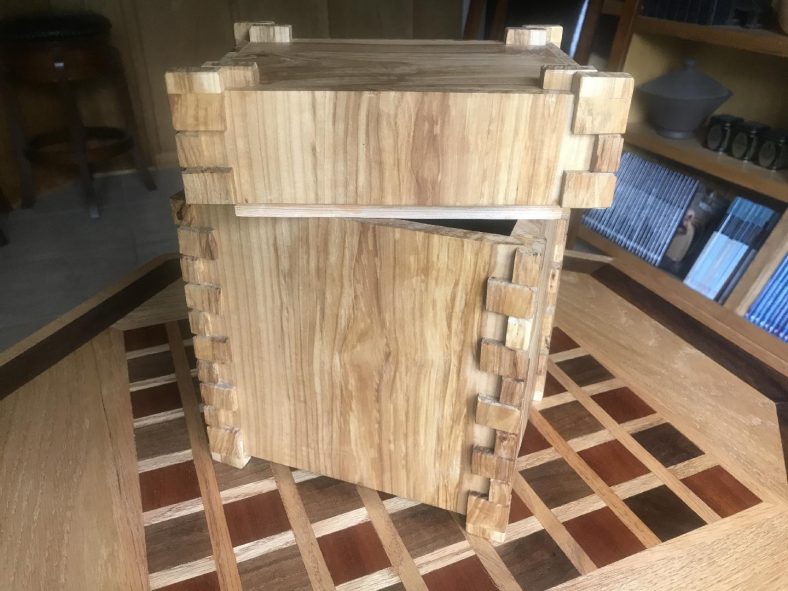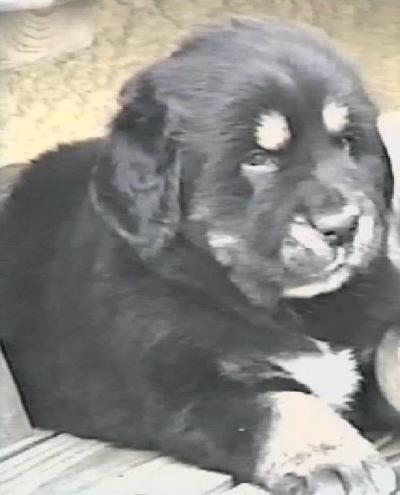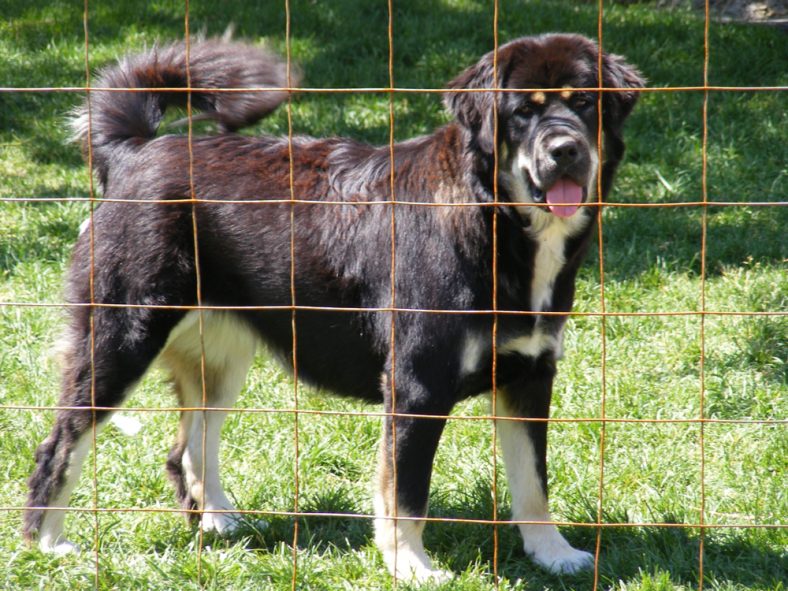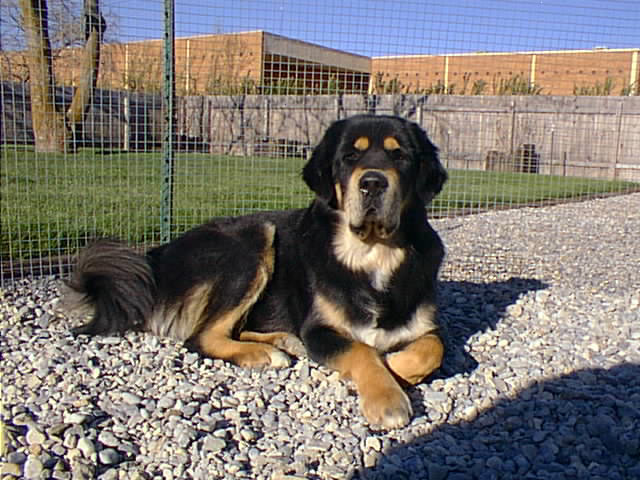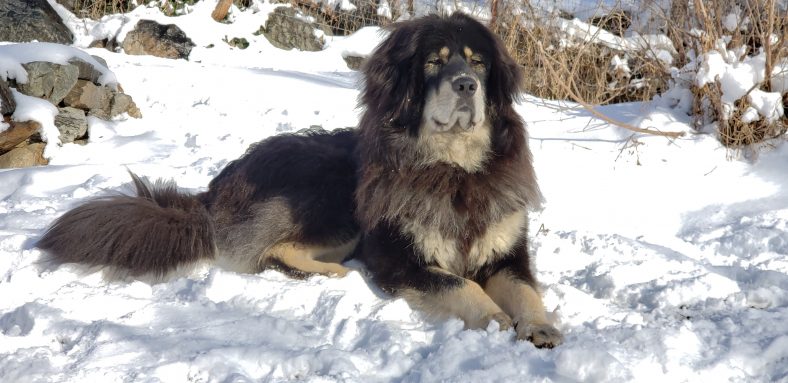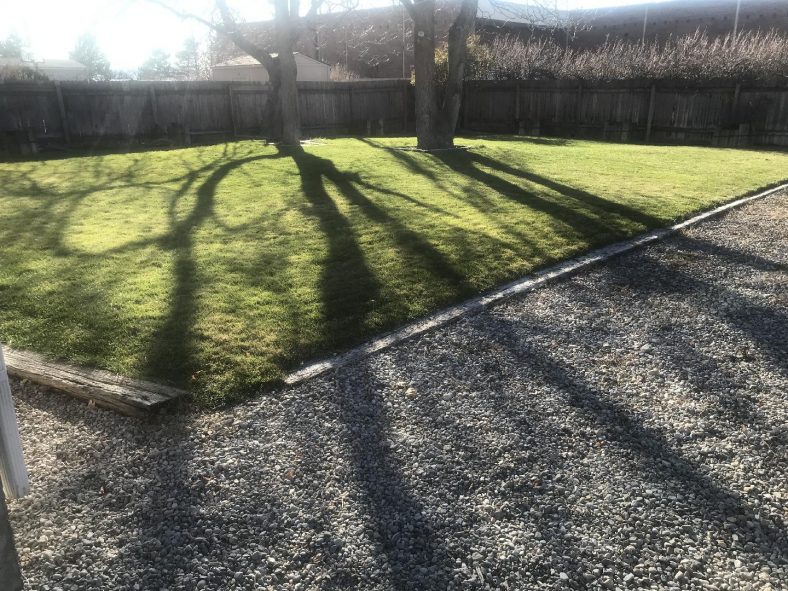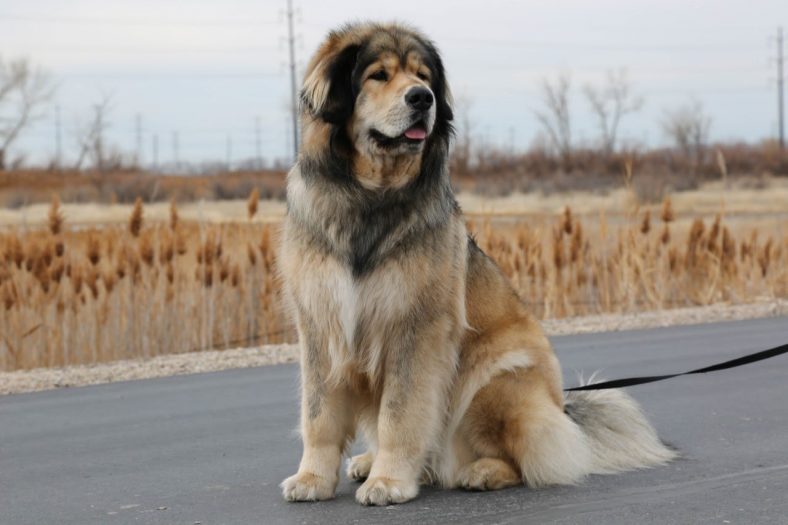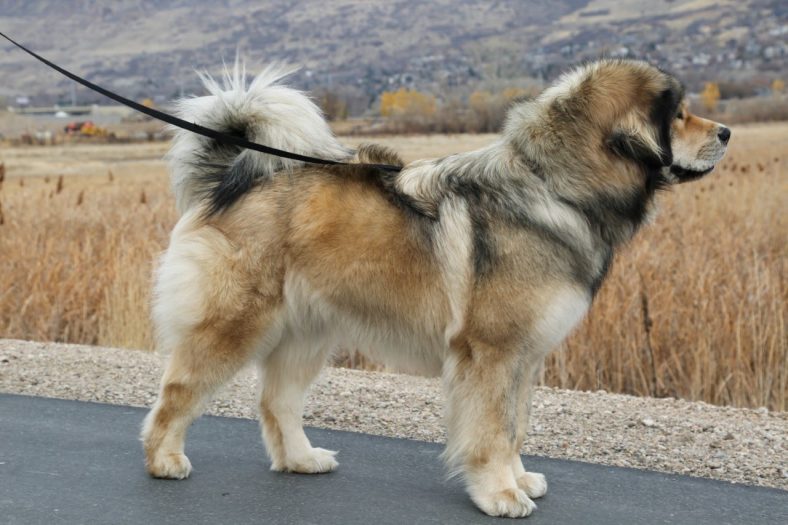From the start I wanted to have Seven Dogs translated into Mandarin. I think this breed is dear to many people who speak Chinese. I just didn’t quite know how to make a translation happen.
I started by contacting the language department at my local university to see if I could employ someone there to help. I received an encouraging response, but it didn’t lead to any progress. My next step was to contact the main office of the Mormon church. The publication department to be specific. The Mormon church produces a lot of written material for a worldwide audience, not to mention they send out missionaries to the four corners of the map, and if anyone knows anything about languages and translations it would be them. Turns out, they use third party contractors for much of their translation work. I asked them to share my name and project description with their contractors and that drew blanks. I also contacted the Asian Association of Utah and had them share my name with people they thought might help. Again, dead air.
I was beginning to think that I might be able to do it myself. This is where arrogance is useful. No, I don’t speak a word of Chinese, but Google does. I did some basic research and found out that modern Chinese is organized in sentences and reads horizontally from left to right. In other words, it has enough commonalities with English that I started to feel confident that I could make a first pass. I had done translation work in my profession for decades, Spanish and Portuguese, and the methods I learned there would be very valuable. The first pass would employ something called “translation-back translation.” Each sentence would be translated into Chinese, and then that translation would be translated back into English. If it returned to its original wording or meaning, I had a reasonable translation. If not, then the original English had to be temporarily rewritten until it worked. I learned quickly that this is a tedious and often frustrating process. I soldiered on anyway.
What I needed now was a proofreader. Someone who could take my translation and make it read like the book was written by a native author. Out of desperation I identified every professor in the state that taught Chinese at a University. I think I sent out fifteen or so emails describing my plight, and lucky for me, one of those professors forwarded my email to a graduate student who was perfect for the job. And of all the luck, she lived about a mile from my house.
At some point during this process, I became aware of online translation services, but I was still of a mind that translating this book would take a whole lot more than “hand it over and get it back.” I was right about that. Aside from the words themselves, there are idioms, colloquialisms, popular culture references, movie and song titles, dog names and their spellings, and worst of all; every measurement either real or symbolic had to be converted from imperial to metric. As anticipated, there was a lot of back and forth.
And finally, the Chinese version had to undergo the same rigorous scrutiny that the English version did. We needed readers to point out flaws in language and places where the story is confusing. We are still in that process but hope to have a final translation very soon. Publication in both languages is getting close.
